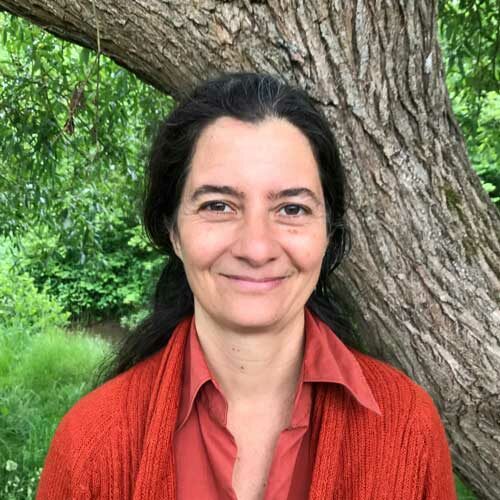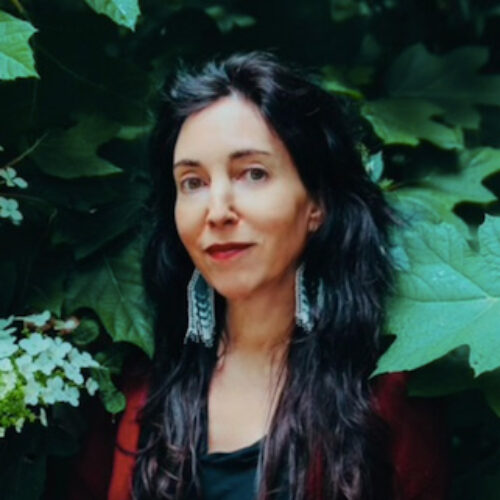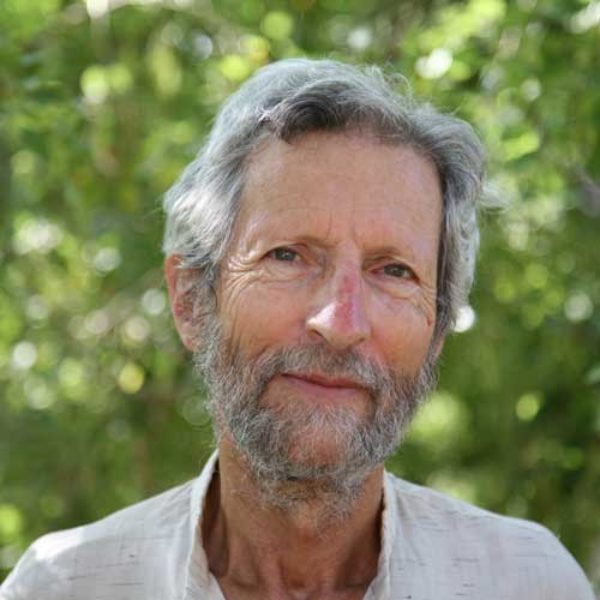How can we develop trust, steadiness and inner freedom, qualities which contribute to our well-being and resilience, and help us to help others? Trust (saddha in Pali) is the first of the Five Spiritual Powers, which are Trust, Energy, Mindfulness, Calm, and Wisdom. Trust is the primary means to dissolve and transform our anxieties, fears, confusions, and resistance. Instead of shutting our doors, we fling them open to let in the guests that come knocking. Trust allows us to surf the waves of change rather than being knocked over by them. As part of spiritual practice it allows us to go beyond the known to the great wide-open spaces of the unlimited.
(Please note that due to intermittent connection problems during the session the first few seconds of the talk are missing, and there are a couple of places where the sound / picture is briefly lost.)





